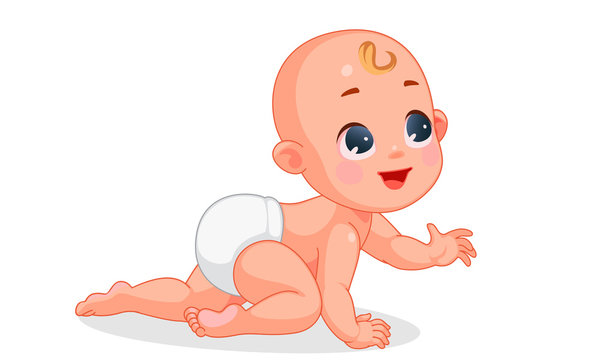
Cartoon Baby: The Enduring Appeal of a Timeless Character
In the vast and ever-evolving landscape of animation, few characters have captured the hearts and imaginations of audiences quite like Cartoon Baby. This adorable, cherubic figure has graced our screens for decades, leaving an indelible mark on popular culture. From his mischievous antics to his heartwarming moments, Cartoon Baby has become an icon of childhood and a symbol of innocence and joy.
Origins and Evolution
The origins of Cartoon Baby can be traced back to the early days of animation. In 1928, Walt Disney introduced Baby Herman, a mischievous and precocious infant who quickly became a fan favorite. Baby Herman’s popularity paved the way for a plethora of similar characters, including Betty Boop’s Baby Bimbo and Popeye’s Swee’Pea.
Over the years, Cartoon Baby has undergone numerous transformations, adapting to the changing tastes and sensibilities of audiences. In the 1940s and 1950s, Cartoon Baby became more idealized and wholesome, epitomized by characters like Casper the Friendly Ghost’s Baby Huey. In the 1960s and 1970s, Cartoon Baby took on a more rebellious and countercultural persona, as seen in characters like Charlie Brown’s Linus and The Simpsons’ Maggie.
Characteristics and Appeal
Cartoon Baby possesses a unique set of characteristics that have made him universally beloved. His large, expressive eyes convey a range of emotions, from wide-eyed wonder to mischievous glee. His chubby cheeks and dimpled smile evoke feelings of warmth and affection. And his tiny, pudgy body exudes an irresistible charm.
Beyond his physical appearance, Cartoon Baby’s appeal lies in his relatable personality. He is a curious and adventurous spirit, always eager to explore the world around him. He is also a source of laughter and joy, with his silly antics and infectious giggles. And despite his youthful innocence, Cartoon Baby often displays a surprising amount of wisdom and maturity.
Cultural Impact
Cartoon Baby has had a profound impact on popular culture. He has been featured in countless cartoons, television shows, and movies. He has inspired merchandise, toys, and even theme park attractions. And his image has become synonymous with childhood and innocence.
Cartoon Baby has also played a significant role in shaping our collective understanding of babies and children. Through his portrayal in animation, Cartoon Baby has helped to normalize and celebrate the unique qualities of infants. He has taught us to appreciate their vulnerability, their curiosity, and their boundless potential.
Contemporary Relevance
In the modern era, Cartoon Baby continues to resonate with audiences of all ages. His timeless appeal transcends generations, as he remains a symbol of childhood and a source of comfort and joy.
In an increasingly complex and uncertain world, Cartoon Baby offers a much-needed reminder of the innocence and wonder that we all carry within us. He reminds us to embrace our inner child, to find joy in the simple things, and to never lose sight of our dreams.
Conclusion
Cartoon Baby is a beloved and enduring character who has captured the hearts and imaginations of audiences for decades. His adorable appearance, relatable personality, and timeless appeal have made him an icon of childhood and a symbol of innocence and joy. From his humble beginnings in the early days of animation to his continued relevance in the modern era, Cartoon Baby has left an indelible mark on popular culture and continues to inspire and entertain generations of fans.
